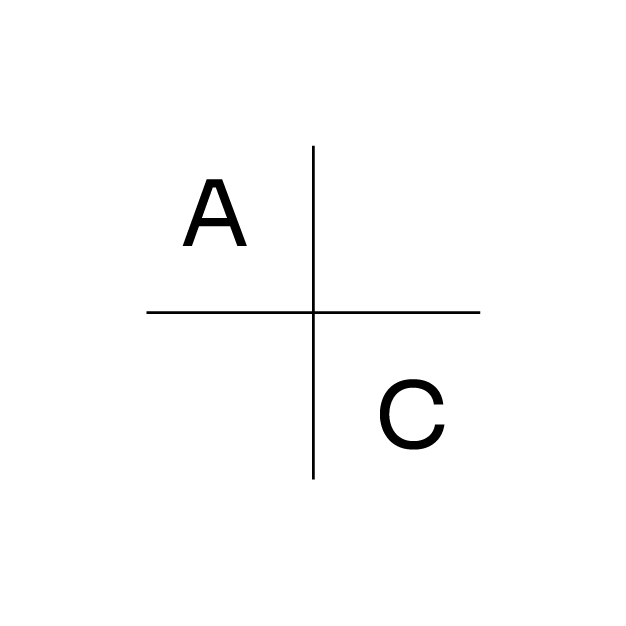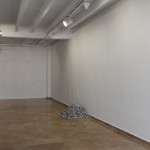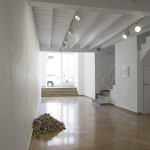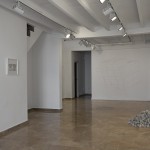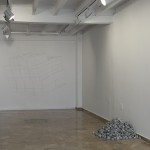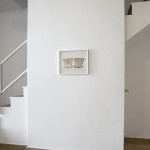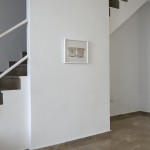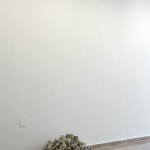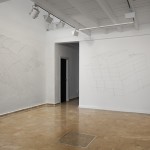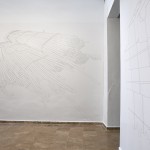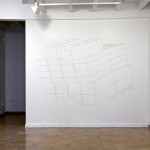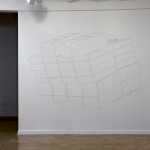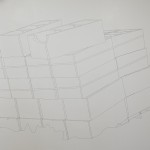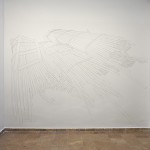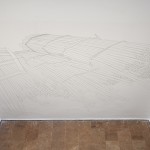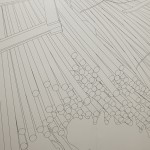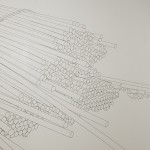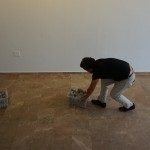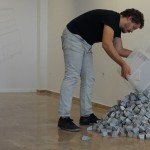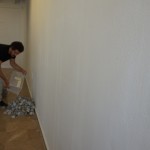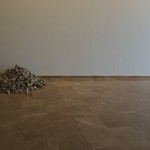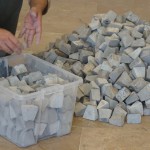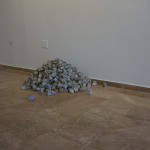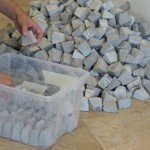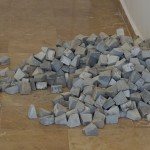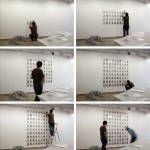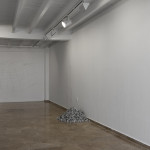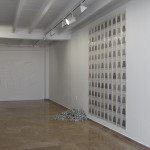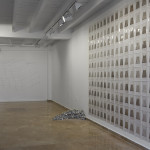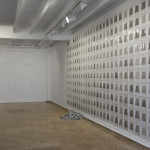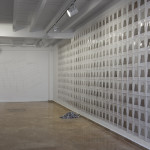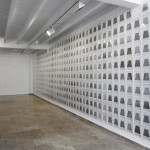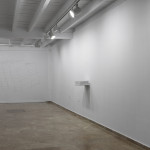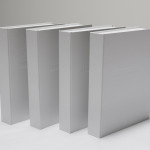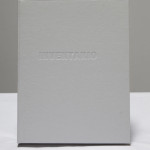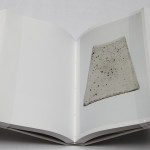Jorge Yeregui. Inventario
Inventario. Jorge Yeregui. 09.10.15_12.12.15
Inventory, Jorge Yeregui´s solo exhibition in Alarcon Criado, is part of a broader research project on the representation of territory and landscape construction. The proposal takes as its field of reflection a set of places which were erased during the housing boom and whose new construction was not completed.
Large surfaces devoid of a consensual image, and whose existence has been strongly recorded in the collective imagination, serve to reflect on the idea of landscape and on the space that lies between what we see and what we know of a place.
In the prologue of his “Atlas”, Michel Serres invites to draw maps which cannot be conceived of otherwise, which do not respond to law, and whose appearance isunpredictable. Only situations where it´s about pure existence, and not reason, are worth the effort to map.
Alternating tracking and gathering exercises, the proposal seeks to recognize the place and to reveal it. The implementation of different processes becomesrelevant in itself, and experience is accumulated in the body of the draft, seeking to recover the genius locilost when the bulldozers came.
The exhibition is structured around the work Inventory, aninstallative action taking place throughout the exhibition period which gives its title.
The project is conceived before it is exhibited, through collecting abandoned concrete spacers on a building plot. Likegleaners afterthe harvest, the artist walked along all the building plots to detect each and every one of the spacers present: 799 pieces are moved and deposited in the gallery andintegrated into the exhibition asobjetstrouvés.
After a few days, the registration of each of these items begins individually, as singularized imagesareplaced on the wall constructing a grid of photographs.
The spacers are removed as objects and replaced as pictures as they are integrated into the exhibition establishing a new dialogue.
Finally the grid is removed and the photographs are compiled in the pages of 4 volumes, a document that brings together the detailed representation of the initial object. Notas para unlevantamiento introduces a new exercise of representation by CAD drawings; the mapping that starts a development project and determines the spatial configuration of the place.
It sets the distribution and layout, organizingthe relationship between the different elements and the presence of fixed landmarks or references, and setting its appearance and final structure. The emergence of the unpredictable or unexpected rendersthese maps become obsolete, and the creation of a new map becomes necessary, which begins with these notes.
Responding to the ideas of accumulation, overproduction and the perception of time developed in previous works, hisPallet video acts as counterpoint and close to the exhibition.
